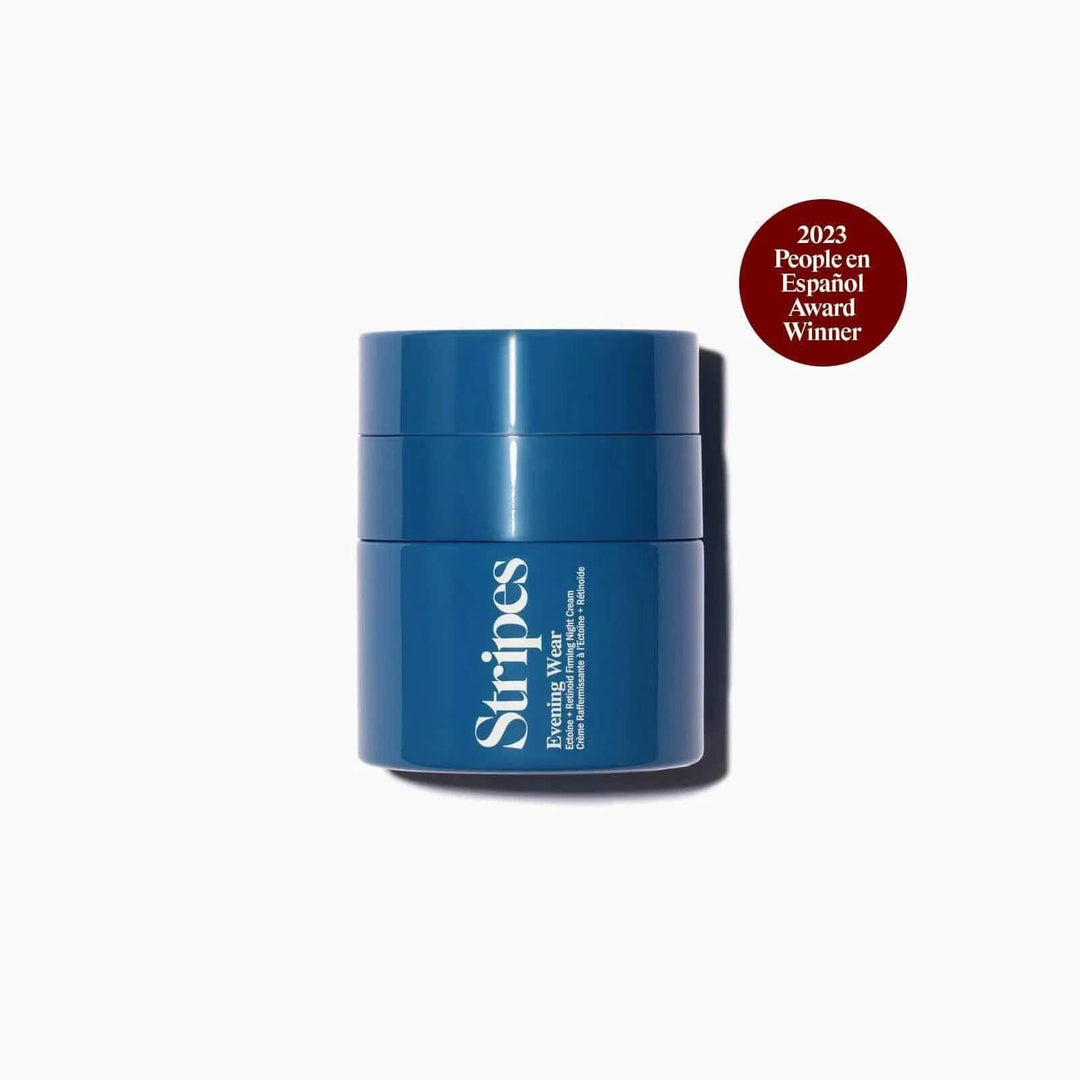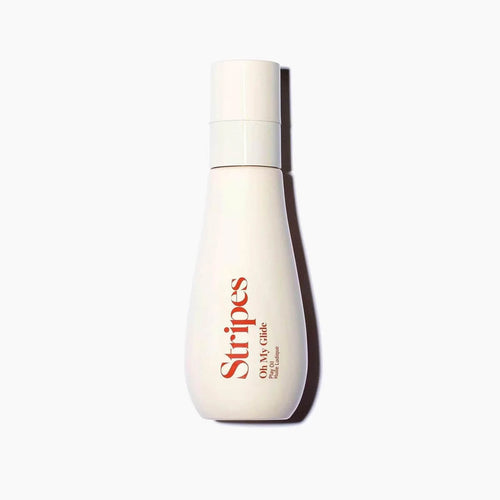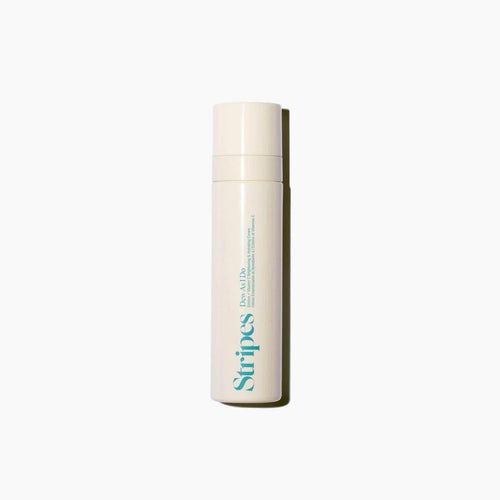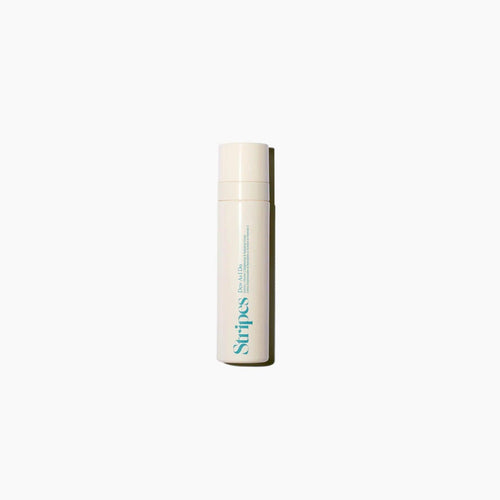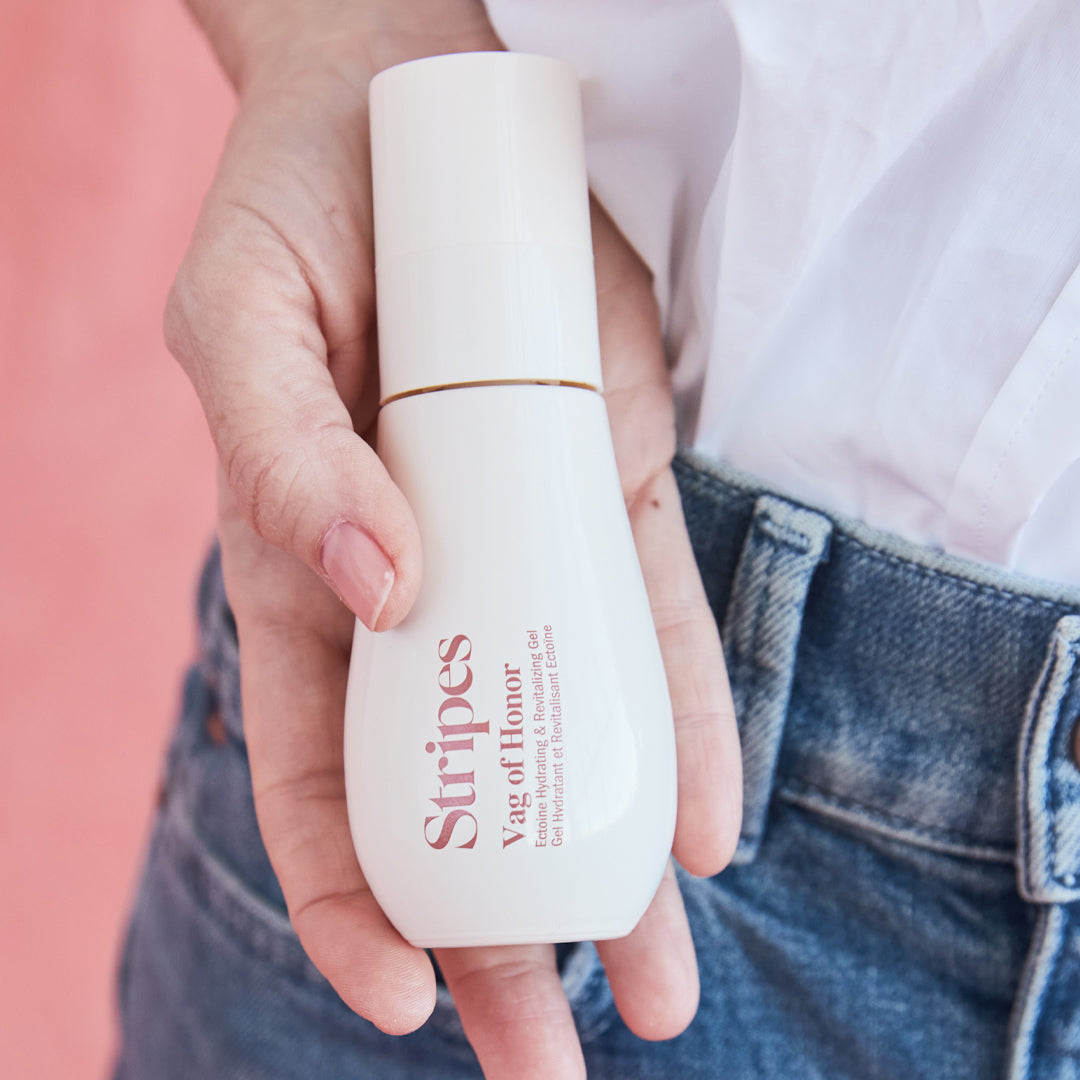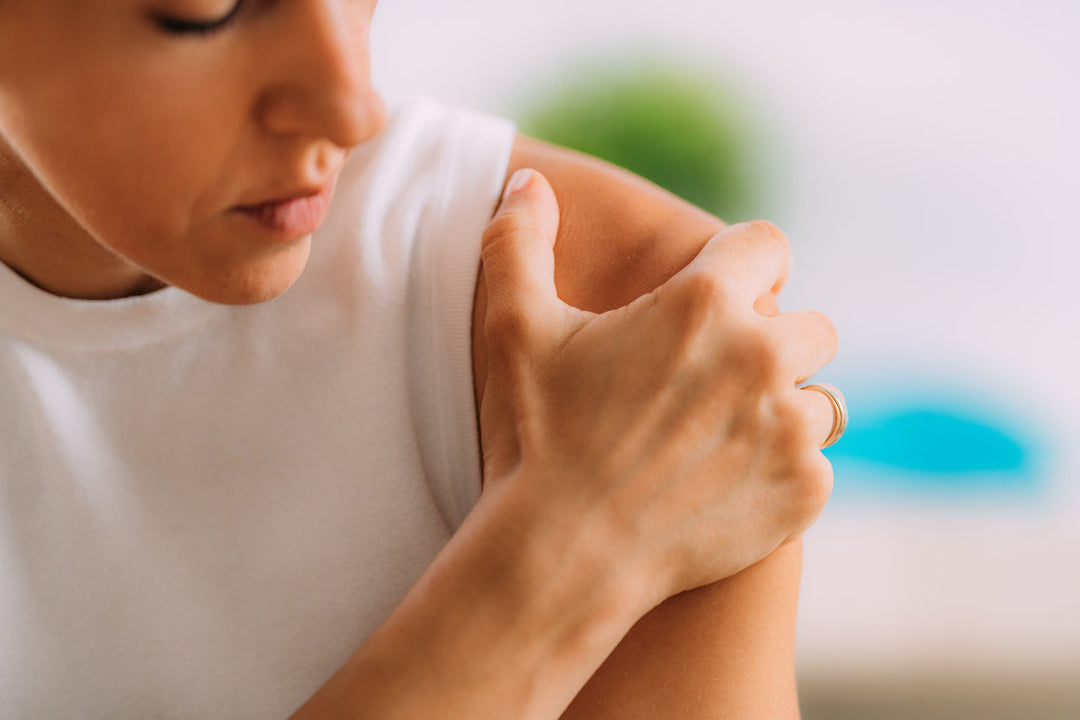What Is The Vaginal Biome, Anyway? We Explain It
We spend so much time examining and contemplating what we see on the outside of our bodies — our skin, nails, that one weirdly long hair that keeps growing out of our left eyebrow — that we can forget about the many micro-universes that exist within us. But our mouths, lungs, guts, and vaginas each contain microbiomes, the ecosystems of micro-organisms, primarily bacteria, which protect our health and battle disease, infection, and harm.
While we may not consider our vaginal microbiomes, knowing about them and how to keep the bad bacteria in check can be an asset to our health, especially our vaginal health.
The vaginal microbiome: good bacteria vs. bad bacteria
When we hear the word “bacteria,” we tend to think of the kind that cause infections and illness: the bacteria that give us food poisoning, for example, or the kind that can infect a wound. Our bodies play host to a wide variety of bacteria, both good and bad. And a healthy biome has a balance between the two.
Dr. Lauren Streicher, a clinical professor of obstetrics and gynecology at Northwestern University’s Feinberg School of Medicine and author of Slip Sliding Away: Turning the Clock Back on Your Vagina, likens the microbiome to a city. “I describe the vaginal microbiome as a community where you have mostly good citizens [the lactobacilli] who keep the neighborhood nice and tidy,” she said. “Then you’ve got the bad eggs [like Gardnerella] who throw their garbage out the window.”
A healthy vaginal microbiome contains mostly beneficial lactobacilli. When bad bacteria like Gardnerella takes over, it can not only spur discharge and odor but also cause bacterial vaginosis, and even make us more susceptible to sexually transmitted diseases such as gonorrhea, chlamydia, and HIV.
Your vaginal microbiome during menopause and perimenopause
When our estrogen levels plummet during menopause, it can affect many things that we might never have considered, like our vaginal microbiomes. To have a healthy microbiome, you need a healthy pH, the acid-based balance, says Streicher. A normal, healthy vagina has a low pH, usually in the 3.0 to 4.5 range, where lactobacilli can proliferate and dominate.
When estrogen levels go down, your vaginal pH goes up, and the lactobacilli have difficulty functioning. Essentially, your vaginal microbiome suddenly becomes the equivalent of a bad neighborhood.
“That’s when Gardnerella moves in,” says Streicher. “And that’s when you get the problems.”
What can you do to keep your vaginal microbiome healthy?
If you haven’t noticed anything different about your vagina recently, then chances are your vaginal microbiome is working just fine. But if you’ve been experiencing unwelcome vaginal changes lately, your microbiome might be out of balance.
Luckily, there are easy ways to get your pH back on track. Talk to your doctor about the changes you’ve been experiencing; they may suggest vaginal estrogen or a product containing hyaluronic acid. Though there’s much we can do ourselves when it comes to taking care of our vaginas and keeping them healthy, when things start to get funky, it’s best to talk to a professional.
By Lindsay Goldwert
Lindsay Goldwert is the content director for Stripes.
Image by Edward Jenner/ Pexels

